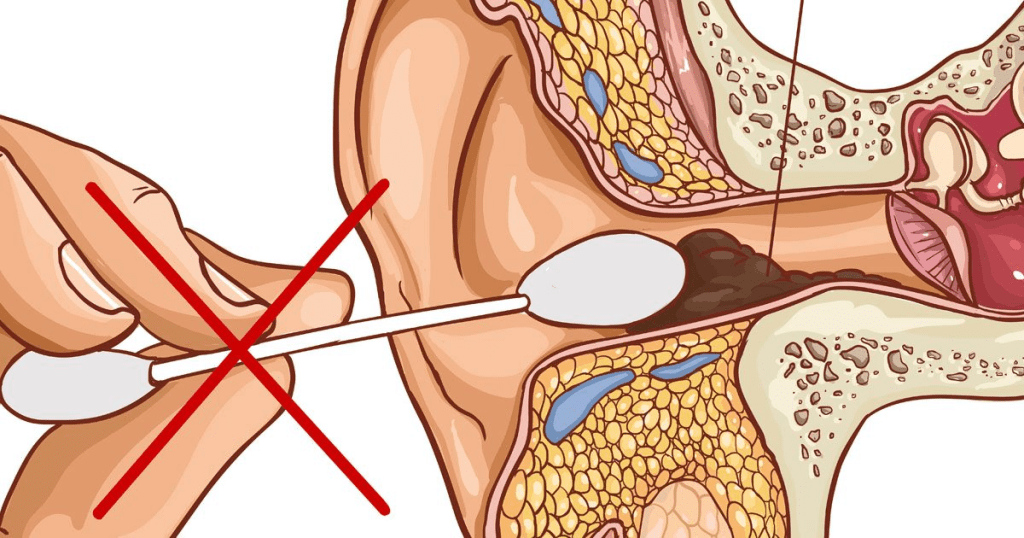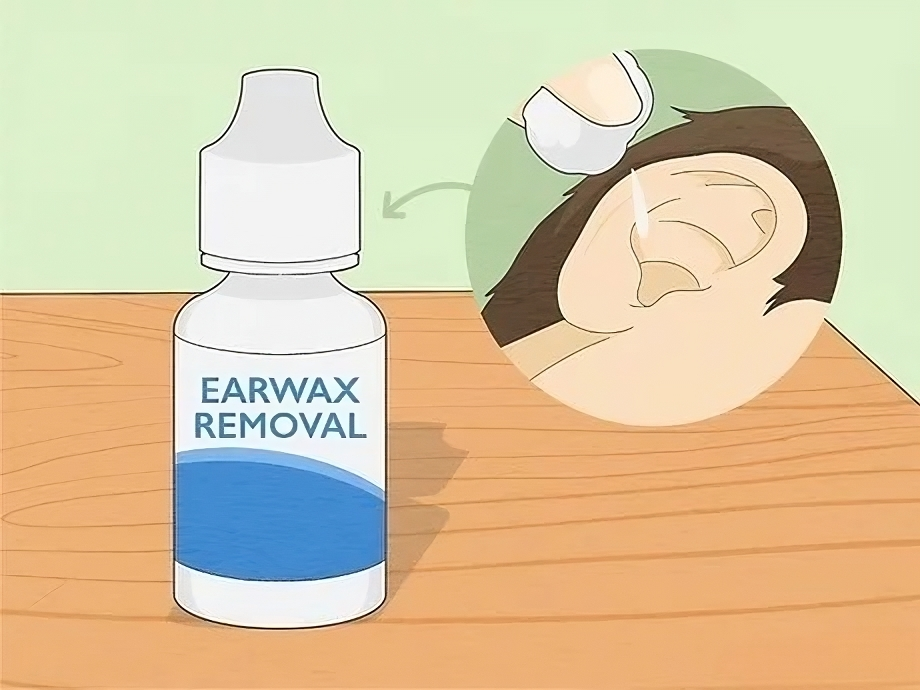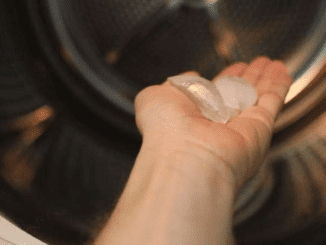Earwax, or cerumen, may not be the most pleasant topic, but it’s essential for ear health. As strange as it sounds, earwax plays a vital role in protecting your ears. Think of it as a natural defense mechanism, trapping dust, dirt, and dead skin cells while moisturizing the ear canal. Yet, when too much builds up, it can lead to discomfort, hearing loss, and even infections. This article will dive into the best ways to manage earwax buildup safely and effectively, while debunking popular but harmful methods.

Why is Earwax Important?
Many people don’t realize that earwax is good for them. It’s more than just a sticky nuisance; it acts as a shield for your ears. Produced by glands in the ear canal, earwax prevents bacteria, dust, and other particles from getting deeper into your ears where they can cause damage. It even has antibacterial properties, reducing the risk of infections.
However, excessive earwax can also become problematic. When there’s too much buildup, you might experience earaches, hearing difficulties, or an uncomfortable pressure in the ear. Understanding the balance is key, and fortunately, your ears are typically good at regulating this.
The Dangers of Cotton Swabs and Ear Candles
Despite their widespread use, cotton swabs (or Q-tips) are not your ear’s friend when it comes to cleaning. While many people reach for them as a quick fix, cotton swabs can actually push earwax deeper into the ear canal, leading to impaction. This blocks the ear and may even trigger your body to produce more wax to compensate.
Similarly, ear candles—another popular choice—are highly discouraged. Not only is there no scientific evidence to support their effectiveness, but they also pose serious risks. Ear candles can cause burns, wax blockages, and even perforate the eardrum. Dr. Ana Kim, an ear specialist, has warned against their use, citing potential injuries that far outweigh any benefits.
Safe Home Remedies for Earwax Removal
If you’re experiencing discomfort from earwax buildup and want to avoid a trip to the doctor, there are safe home remedies to consider. Always keep in mind that the key is to soften and gently remove the wax, rather than forcefully digging it out.
Irrigation: A Gentle Flush for Clean Ears
One of the simplest and safest methods to remove excess earwax is irrigation. This involves rinsing your ears with a mixture that helps break down and flush out the wax. A solution of equal parts water, white vinegar, and rubbing alcohol works well. Apply a few drops in each ear, let it sit for a few minutes, and then tilt your head to let the liquid drain out, catching it with a cotton ball.
Irrigation should be done carefully to avoid damaging the eardrum. If performed correctly, this method can effectively clear out earwax and prevent buildup without the risks associated with cotton swabs or ear candles.
Mineral Oil for Softening Earwax
Mineral oil is another highly recommended tool for earwax removal. A few drops of warmed mineral oil in the ear can soften hardened wax, making it easier to drain naturally. Be sure to use pure mineral oil (not baby oil) and avoid over-application. Warm the oil slightly to make the process more comfortable.
To use this method, place two or three drops of oil in the ear, lie on your opposite side to allow it to settle, and leave it for 15-20 minutes. Repeat for the other ear if needed. Make sure to place a cotton ball in the ear to prevent the oil from leaking.
Saline Solution: An Affordable Alternative
Saline solutions are another safe and effective method for cleaning out earwax. Saline is gentle on the ears and can help break down the wax without irritation. A simple mixture of ¼ teaspoon of salt dissolved in ¼ cup of warm water can do the trick.

To use this solution, apply a few drops into the ear and let it sit for a few minutes. Afterward, tilt your head to let the fluid drain, and wipe away any wax with a soft cloth. This method is not only effective but also incredibly inexpensive, making it a go-to solution for many people.
When to Seek Professional Help
While home remedies are great for minor earwax issues, sometimes professional help is necessary. If you experience severe pain, dizziness, ringing in your ears, or hearing loss, it may indicate a more serious blockage or condition. In these cases, attempting home removal methods could worsen the problem. An ear, nose, and throat (ENT) specialist can safely remove excessive earwax using specialized tools and techniques, ensuring your ears remain healthy.
It’s also important to avoid trying any home remedies if you have a history of ear problems, including eardrum perforations or chronic ear infections. In such cases, professional care is the safest route.

Conclusion
Earwax, though often seen as a nuisance, plays a crucial role in keeping your ears healthy. However, excessive buildup can lead to discomfort and other issues. It’s vital to avoid harmful cleaning methods like cotton swabs and ear candles, which can cause more harm than good. Instead, opt for safe and gentle home remedies like irrigation, mineral oil, or saline solution. These methods effectively remove earwax without putting your ear health at risk. But remember, if in doubt or experiencing severe symptoms, don’t hesitate to seek professional medical advice.


